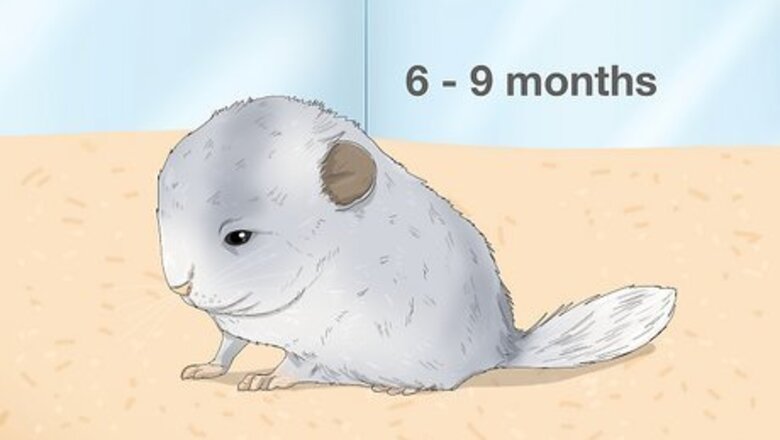
views
Getting Started
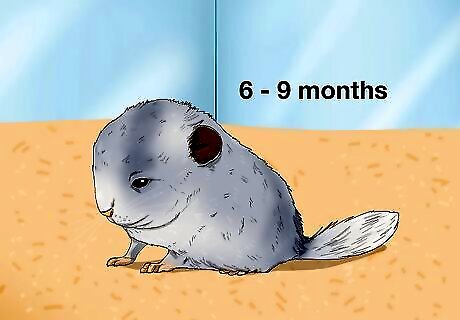
Start when your chinchilla is young. Like most animals, chinchillas are easiest to train when they are young and not yet set in their ways. You can adopt a chinchilla around nine months old, but if you have younger chinchillas from a litter you can begin the potty-training process around six months old.
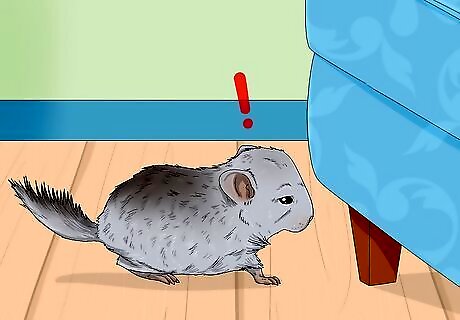
Let her adjust to her home first. Potty training can be a bit stressful for a chinchilla, so let her adapt to her new home before you try to begin the process. While you wait, use the same bedding on the floor of her cage that you plan to use in the litter box. You cannot use cat litter for a chinchilla, but there are several options for bedding that are safe, including kiln-dried pine shavings, newspaper, or clean straw (oat, rice, or wheat).
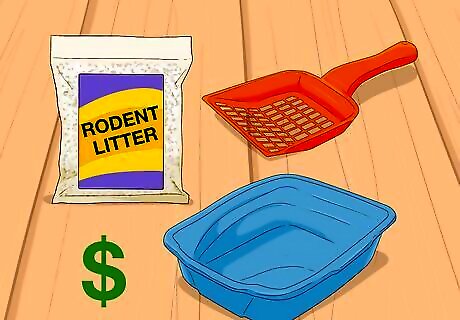
Purchase potty training supplies. A few weeks after bringing home your chinchilla, head to your local pet supply store. You will need a litter pan, a litter scoop, and rodent litter. You can use a cat litter pan, but do not use cat litter, which rodents will ingest.
Using a Gradual Association Method
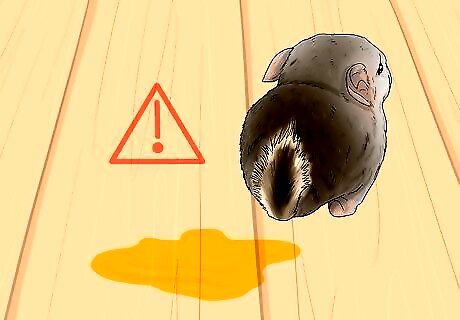
Observe her habits. In order to potty train your chinchilla, you need to pay attention to where your chinchilla urinates. Then you can use this knowledge to gradually transition her from peeing on the floor to peeing in the box. Very young babies pee everywhere, but chinchillas around six months of age or older will develop a habit of using a particular place in their cage or enclosure as the "toilet" in order to keep all of their waste in one place and not contaminate the rest of the living quarters. Avoid cleaning her cage for a week in order to observe where she typically pees. A very young chinchilla who pees all over the cage is not likely to be ready to potty train. However, if you find that she typically pees in one spot or a particular corner, you can begin potty training her.
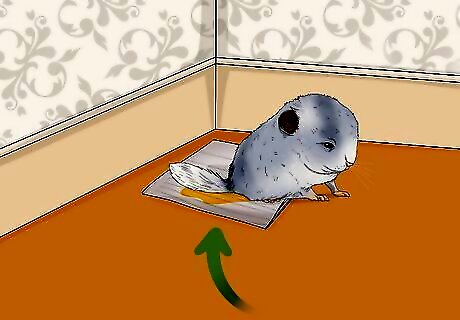
Begin to put less bedding down. Now that you know where she prefers to pee, you should gradually reduce the amount of bedding you put on the floor until you are only putting it in the areas she prefers to pee. Be sure to leave enough space for her to use the bathroom comfortably, but do not put bedding everywhere. The goal for this step is to get her to begin associating the bedding itself with a toilet area. This step might take a week or two to gradually reduce the amount of bedding you put down in the floor of the cage.
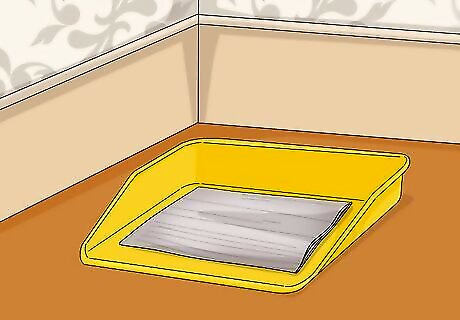
Replace the bedding with pans. Now that she has begun to associate certain areas of bedding with a toilet area, put the bedding in a litter pan or low-sided box and put the pan in the same area. The goal for this step is to help her understand that not only is the bedding the appropriate place to pee, but the pan itself is the toilet. Although you might prefer to change the litter every day, try to go a few days between changing it so that you don't confuse her. As she gets more comfortable using her litter box, you can gradually begin to clean her box more frequently.
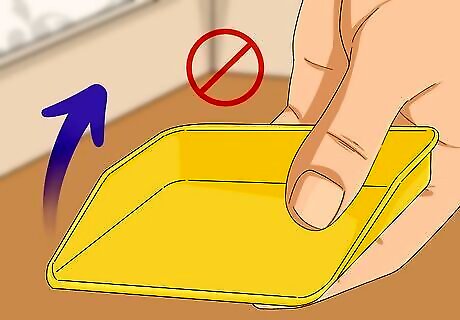
Don't move the pan or change the bedding. It can be a few months before she is totally trained to use the box, and if you move the pan to another area in the cage or change the type of litter or bedding you are using, you might confuse her and set back your progress. Keep the pan itself the same, and keep it in the same position with the same filling for at least the first few months. When and if you do decide to change it, do so gradually. For example, do not suddenly go from putting the pan on the far right to the far left. Slowly move it a bit each day until it is in the position you prefer. Likewise, if you want to change the type of bedding, do it gradually by increasing the amount of the new type of bedding you want to use and slowly decreasing the amount of the old type until you've replaced it entirely.
Using a Waste Transfer Method
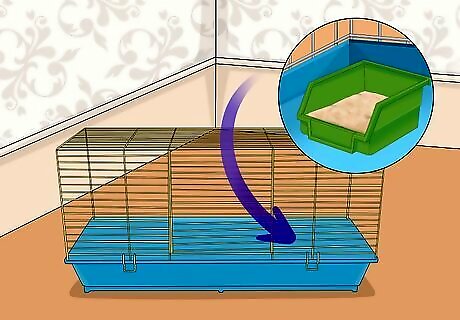
Set up the cage. This method is different in that it requires putting the litter box in place from the start, but gradually training the chinchilla to use it instead of the bedding on the ground. Set the litter box on the very bottom level of her cage, next to the place where she typically urinates.
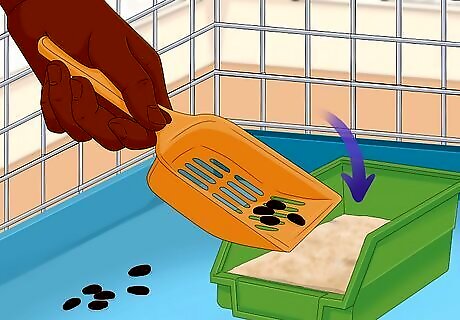
Scoop your chinchilla's waste and place it in the litter box. Every few hours, come to your chinchillas cage and check whether she has used the bathroom in the bedding on the floor of the cage. If she has, scoop the waste and surrounding bedding and place it into the litter box. Be sure to get all of the wet bedding. It carries a strong smell that will clue her in that you've moved her toilet.
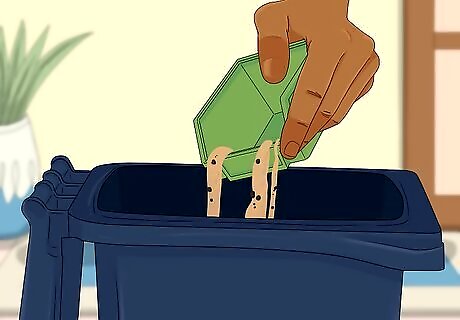
Change the litter box regularly. Chinchilla waste is pretty smelly, and you need to change the litter at least every couple of days to keep her cage smelling fresh. When you need to change her litter box, be sure to keep back one scoop's worth of urine-saturated bedding. Replace it on the top of the clean litter. This serves as a little signpost to your chinchilla to remind her that this area is the new toilet.
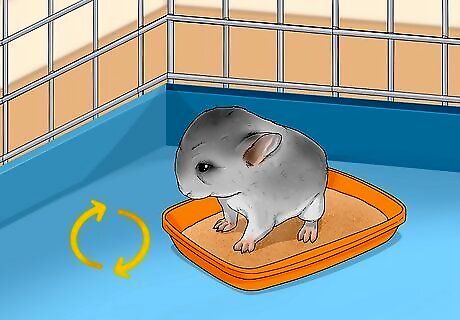
Keep moving her soiled bedding to the litter box as long as it takes . This could be weeks or months! This method requires a lot of persistence on your part. If you forget to move the litter for a day or more, she will become confused and forget what you wanted her to do. Gradually, she should figure out that you want her to pee in the box and not on the ground.




















Comments
0 comment